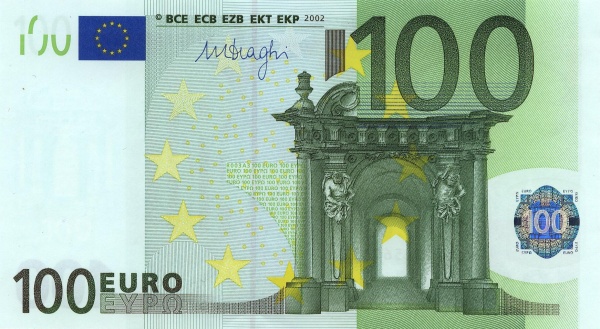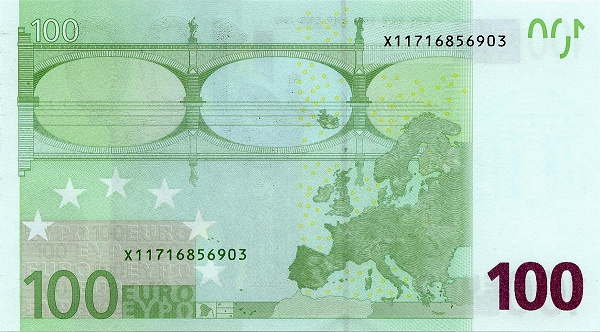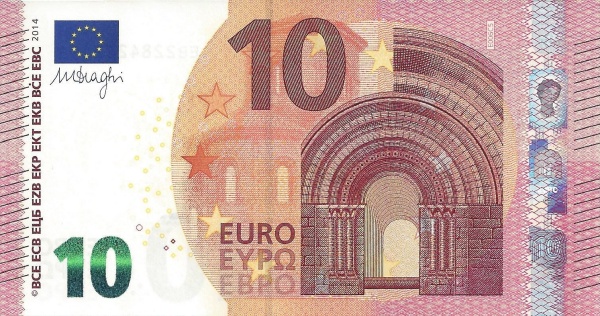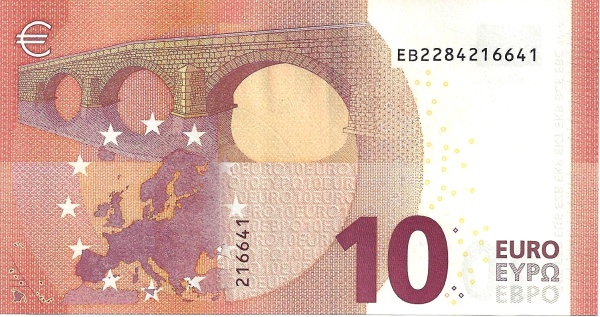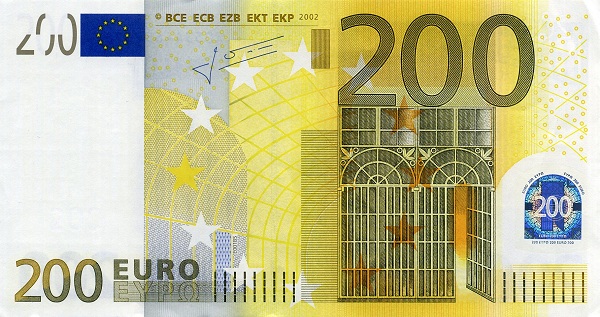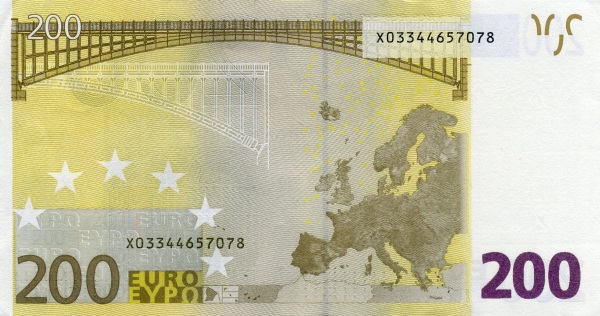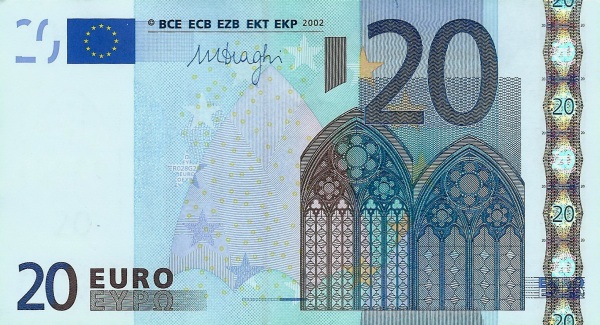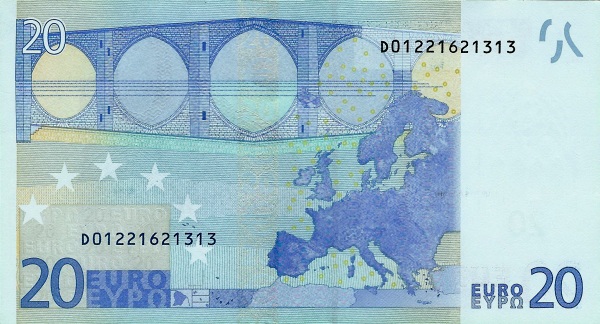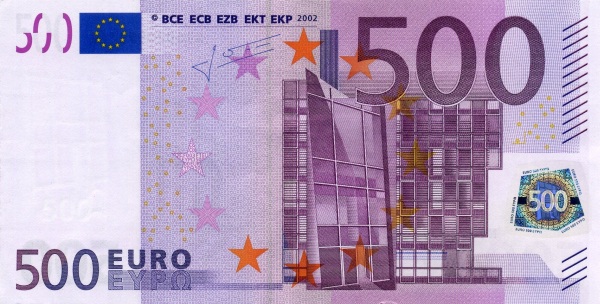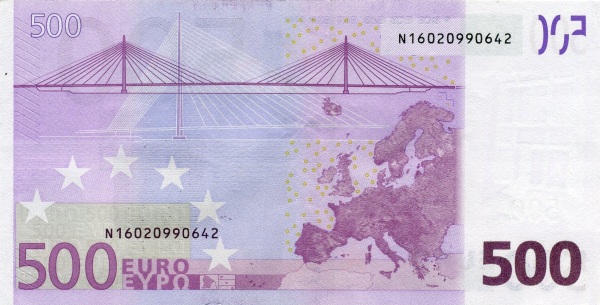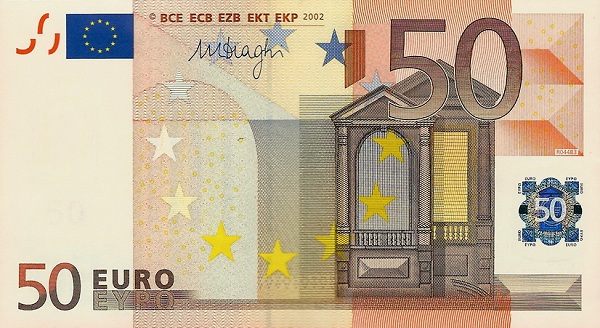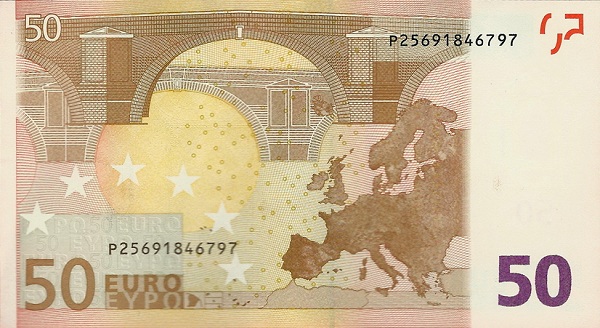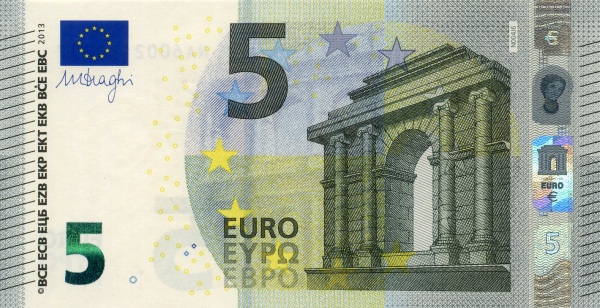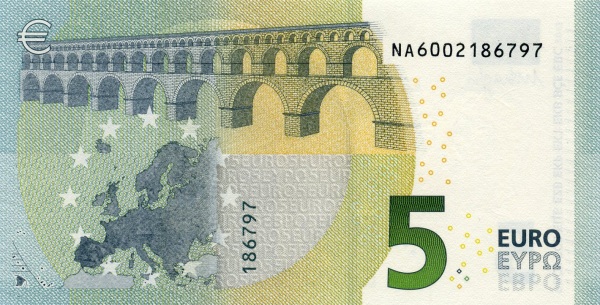Exploring Austria: A Captivating European Gem
Austria, officially known as the Republic of Austria, stands as a remarkable landlocked nation located in East Central Europe. It shares its borders with several countries, including the Czech Republic, Germany, Hungary, Italy, Liechtenstein, Slovakia, Slovenia, and Switzerland. This unique geographical positioning enhances its charm and historical significance.
Geographical Overview of Austria
Covering an area of 83,871 km², Austria is slightly smaller than Portugal (92,090 km²) and just a bit more compact than the U.S. state of Maine. The landscape is predominantly mountainous; in fact, the majestic Alps dominate the western and southern regions. These mountains not only provide breathtaking views but also offer a plethora of outdoor activities, making Austria a hotspot for adventurers and nature lovers alike.
Austria's Iconic Mountains
Amongst the numerous peaks, Grossglockner mountain ranks as the highest, rising to an impressive height of 3,798 meters (12,460 ft.). This natural wonder attracts climbers and tourists from across the globe, eager to experience its breathtaking vistas and challenging trails.
Rivers That Shape the Landscape
Austria's hydrological features contribute significantly to its scenic beauty. Major rivers such as the Inn, the Salzach, and the Enns flow to the north of the Austrian Alps, forming vital tributaries of the Danube. Meanwhile, the Gail and Drau rivers, as well as the Mürz and Mur rivers, meander gracefully in the southern regions, especially in Carinthia. These rivers not only provide a lifeline for the locals but also enhance the country’s allure.
Demographics and Language
Home to nearly 8.7 million residents as of 2016, Austria boasts a diverse and vibrant population. The capital city, Vienna, commands attention with its rich history and cultural heritage, housing approximately 1.8 million inhabitants. The official language is Austrian German; however, regional languages such as Croatian, Hungarian, and Slovene also flourish within specific communities. This linguistic diversity reflects Austria’s multicultural fabric.
Austrian Historical Background
Delving into Austria's history, one discovers a significant past that impacts its present. Once the heartbeat of the vast Austro-Hungarian Empire, the country faced a transformation after its defeat in World War I. Following the war, Austria transitioned into a small republic, navigating the complexities of post-war Europe.
The Impact of World War II
The annexation by Nazi Germany in 1938 profoundly altered the course of Austrian history. The country's subsequent occupation by the Allied forces underscored the need for a renewed national identity. In 1955, the State Treaty emerged, marking the beginning of a new era for Austria. This treaty established the nation as "permanently neutral," providing a framework for Soviet military withdrawal and laying the groundwork for future political stability.
A Neutral Identity
Austria's neutrality became deeply rooted in its cultural identity, fostering a sense of peace and stability. However, this concept faced scrutiny after the collapse of the Soviet Union in 1991. Consequently, Austria began playing a more significant role in European affairs, navigating a delicate balance between national interests and regional cooperation.
Austria's Entry into the European Union
In 1995, Austria embraced a new chapter by joining the European Union. This strategic move allowed the nation to engage more actively in European political and economic matters. Not long after, in 1999, Austria adopted the euro, integrating itself further into the fabric of European economic stability.
Interesting Facts About Austria
Austria is not only renowned for its stunning landscapes and rich history; it also boasts a wealth of cultural offerings. Austrian cuisine, characterized by its traditional dishes, captivates food enthusiasts. The famous Wiener Schnitzel, Sacher Torte, and Apfelstrudel showcase the country's culinary heritage. Moreover, Austria has a vibrant coffee culture, with charming cafés serving the finest brews, making it a perfect spot for relaxation and socialization.
The Arts and Music Scene
When it comes to the arts, Austria holds a prestigious place in history. The country is the birthplace of legendary composers such as Mozart, Beethoven, and Strauss. Their contributions to the world of classical music resonate even today, captivating audiences in grand venues like the Vienna State Opera. Furthermore, Austria celebrates various festivals and cultural events, reflecting its rich artistic heritage.
Natural Wonders and Outdoor Activities
In addition to its cultural wealth, Austria offers plenty of opportunities for outdoor enthusiasts. The Alps present numerous skiing and snowboarding options during winter, while the summer months invite hikers and cyclists to explore the breathtaking trails. National parks, such as Hohe Tauern, showcase Austria's commitment to preserving its natural beauty, allowing visitors to appreciate its diverse flora and fauna.
In summary, Austria captivates visitors with its stunning landscapes, rich history, and vibrant culture. From its majestic mountains to the charming streets of Vienna, this European gem continuously enchants those who explore its beauty. As a nation that has overcome challenges and evolved, Austria remains a significant player in European affairs and a captivating destination for travelers worldwide.
Largest cities of: Austria
| City Name | Population | Year of foundation | |
| Vienna | 1,907,473 | circa 500 | |
| Graz | 280,200 | 1128 | |
| Linz | 205,726 | 799 | |
| Salzburg | 156,872 | 696 | |
| Innsbruck | 132,493 | 1187 | |
| Klagenfurt | 100,000 | 1582 | |
| Villach | 58,954 | 1251 | |
| St. Pölten | 55,000 | circa 791 |
Austria: Money
